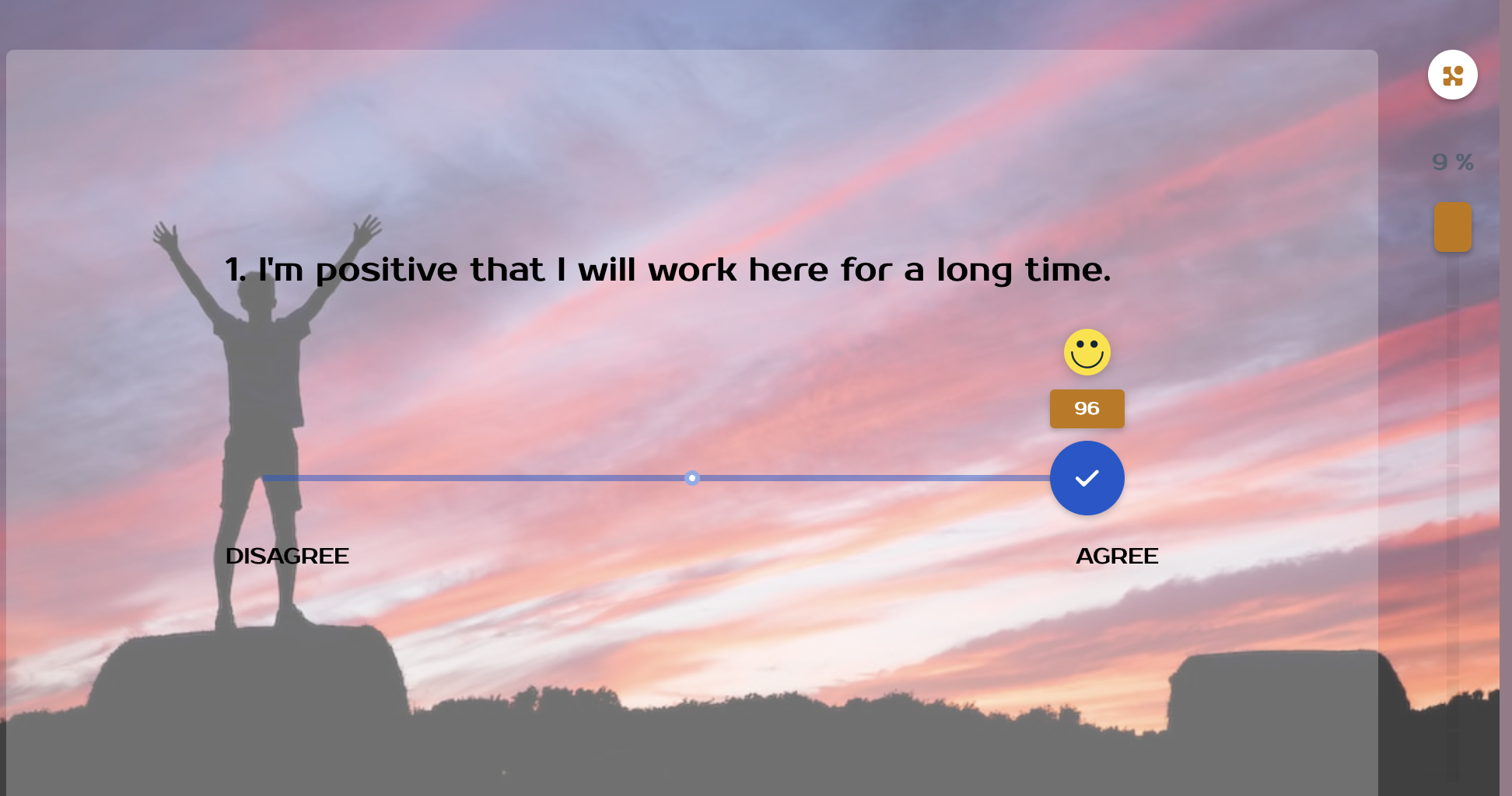Top 10: How to motivate survey respondents & ensure high response rate

Zeffi released its top 10 tips for motivating respondents and increasing response rates, based on insights gathered over the company's 25-year history. There you go!
1. Surveys are part of continuous development
Remember, you're building a culture of continuous improvement, not just conducting surveys. Before you start, think about what the surveys represent to you. For respondents, they may be the most visible evidence that you're listening to them. Respondents will always answer more comprehensively when you tell them in the invite stage what the results of the last survey were and what improvements were made based on those results.
2. Surveys are part of your overall communication
Anticipate the surveys in other communications. You probably have a surveying schedule, a plan of what surveys you will conduct throughout the year. Make preliminary mention in other communication about upcoming surveys. Respondents will be expecting your survey when you've prepared them for the idea.
3. The Survey invitation - big part of success
Now we're getting into an area where there's a lot depending on it. The invitation has to hit the right buttons in the respondent's mind to get them to start responding in the first place. There can be a lot of invitees who open the invite but don't start responding, if the invitation doesn't motivate them. You can motivate respondents by telling them how the results will be used. If you have previous surveys to draw from, you can tell the invitees about the results and what development was initiated by the earlier survey. One effective way to begin an invitation letter is to start it with a simple thank-you for the fact that respondents are on this journey with you.
4. This may surprise you: leave out the welcome page
When you're first creating surveys, it may seem like all the bells and whistles are worth using, and that a welcome page, for example, is essential to the survey itself. But we've found over the years that the information on the welcome page is best included in the invitation or, if you're sharing the survey on a website, that it can be communicated in other ways. Once the respondent has made the decision to respond, the welcome page is often an unnecessary step that lowers the response rate.
5. Start with a graphical question
You've probably already brainstormed the questions you want to ask before you even start using a new type of survey. Keep in mind as you're designing that the biggest drop-off of respondents typically happens at the very beginning of the survey. Capitalize on proven techniques that offer the best respondent experience, like graphical 2D and scale questions. The right types of questions at the beginning of the survey help to motivate the respondent to start answering, and once they've started, they're less likely to stop.
6. Send one invite and one reminder at most
Our experience shows that about 60% of responses come from the first invitation, 30% come from the first reminder, and the remaining 10% come from messages sent between the invite and the reminder. Multiple reminders usually only result in a small change in the number of respondents, and respondents can perceive them as excess communication. When you're planning the timing of your messages, leave at least 3 days between the invite and the reminder. Use your best judgement with the reminder: if you're sending surveys frequently, it may be best to skip the reminder altogether - your next survey will be coming up soon.
7. Allow respondents to continue later
Invite respondents as identified (non-anonymous) contacts via email or SMS invitation. This way, respondents can continue later if they need to stop in the middle of the survey. Be sure to mention this possibility in the invite.
8. Target the reminder correctly
If you decide to send a reminder, think about which groups you want to include in the reminder. We recommend sending the reminder to those who received the invitation but haven't clicked on the survey link yet. This would leave out potential respondents who didn't get the message (usually because of incorrect contact information) and those who have already started responding.
9. Reward with immediate feedback
Add a thank-you page to the end of the survey, where you thank respondents in your own words. You could also make the thank-you page interactive, with a survey outcome page that respondents can see as soon as they finish the survey. This allows for scenarios like "Based on your responses, you're a diamond-level customer of our company" that include a dose of interactivity.
10. Don't forget the follow-up message
Once you've gathered and analyzed the feedback, it's best practice to send a follow-up message that tells respondents what the results were and what will be done based on them. When you're preparing for the next round of feedback, you can refer back to the results and mention any successes. This is the path to a closer relationship with your respondents.
Are you ready to send your next Survey with Zeffi?
